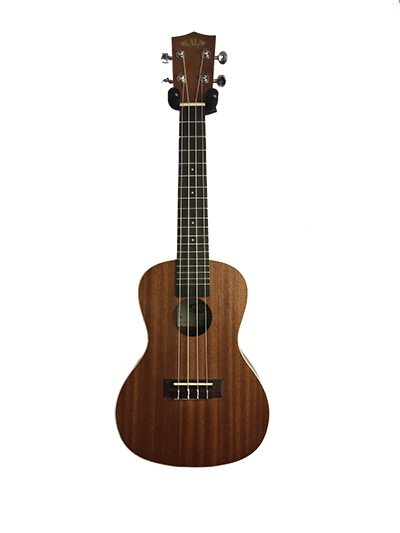When learning to play the ukulele, it’s just as essential to understand its anatomy as learning to strum chords. Made up of four primary parts – body, neck, headstock, and strings – each part works interdependently to create beautiful music.

The largest part of the ukulele is its hollow body. Commonly made out of wood and available in different shapes and sizes depending on the type of ukulele, such as soprano or baritone, this part produces sound by providing a resonant chamber for sounds waves.
Meanwhile, extending from the body is the neck which holds frets that align with notes produced when fingers press down nylon or metal strings against them. Also, along with the frets is a fretboard where chords and melodies come to life.
Above the neck is an extension called the headstock holding tuning pegs used for adjusting string tension. Typically made from wood with inscriptions indicating brand names and models, they also possess a nut that holds up strings at their starting points; making sure open notes ring correctly.
Lastly, there are nylon or other material strings called ‘G’, ‘C’, ‘E’, and ‘A’ ranging in thicknesses creating pitch variation. When plucked or picked carefully, players get to create lovely melodies by understanding each part’s role in producing those sounds.
In conclusion, every part of your ukulele anatomy plays a crucial role in crafting beautiful music. Both novice and veteran players alike can better understand how their uke works by delving into how each piece contributes to getting that coveted sound that makes people want to sing along.


